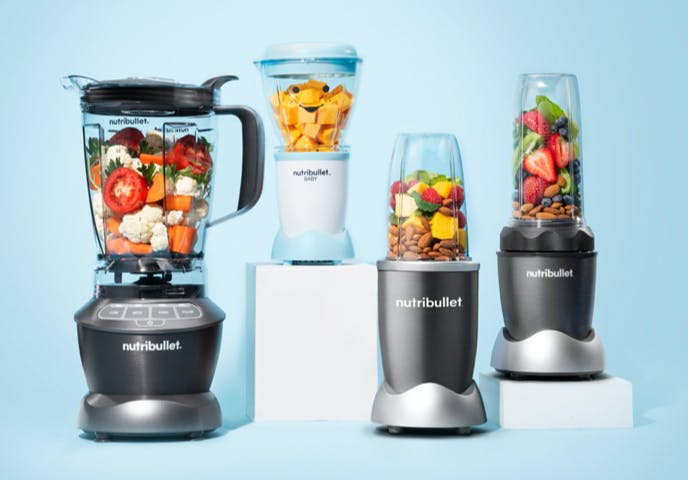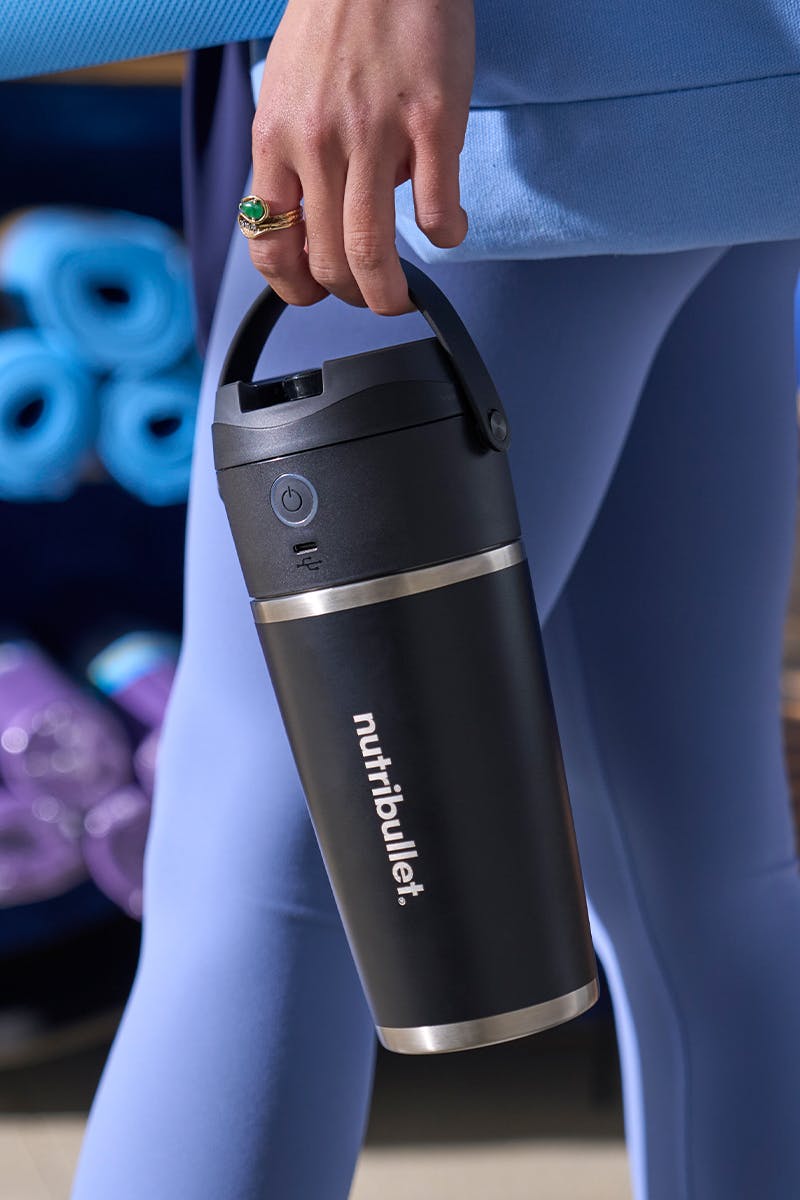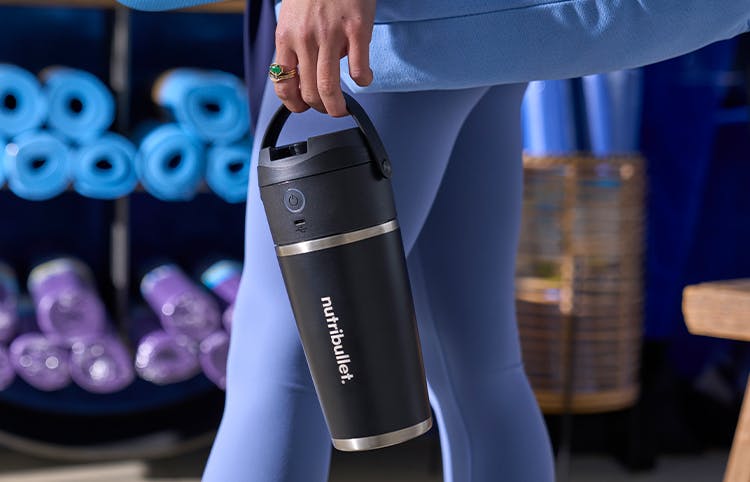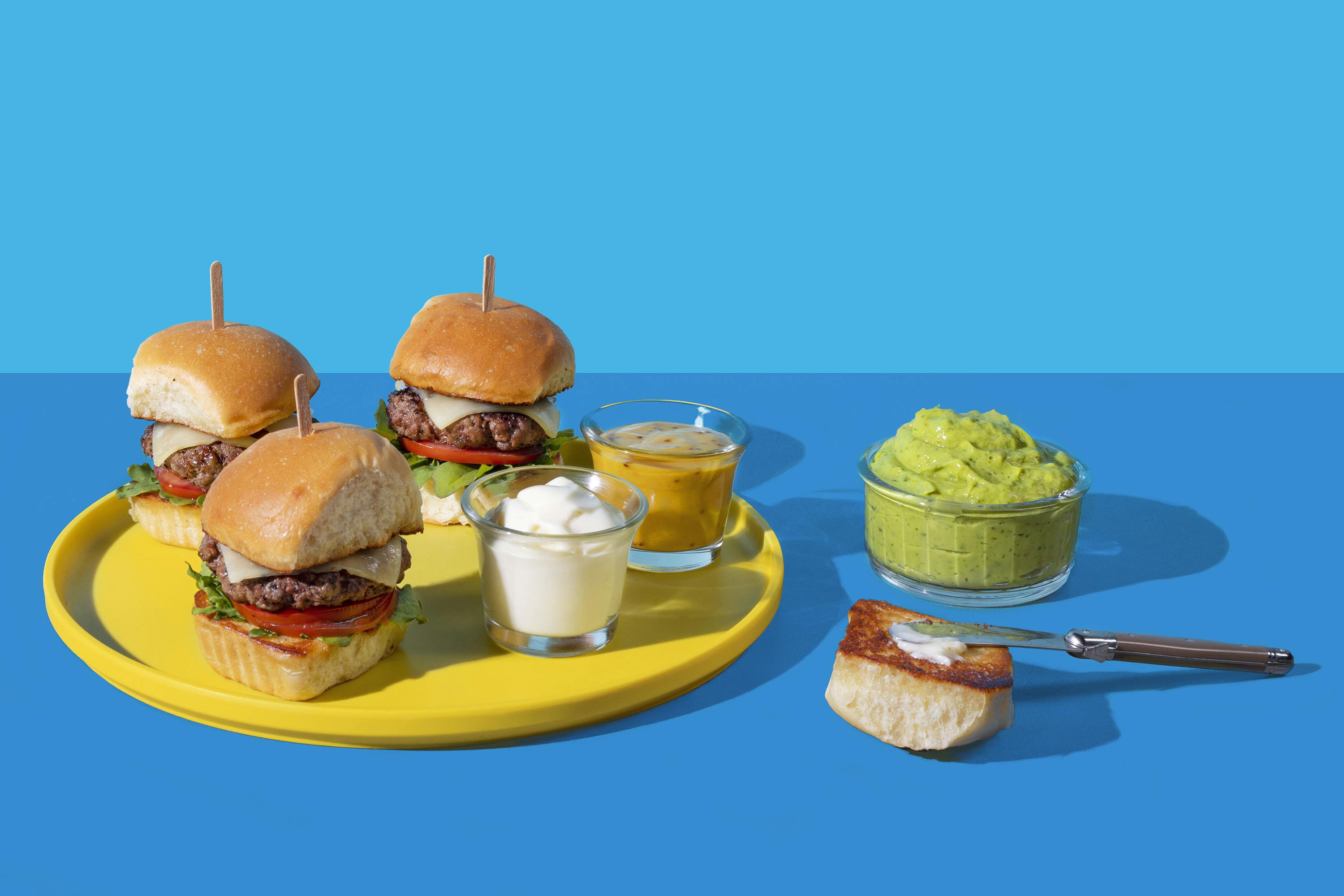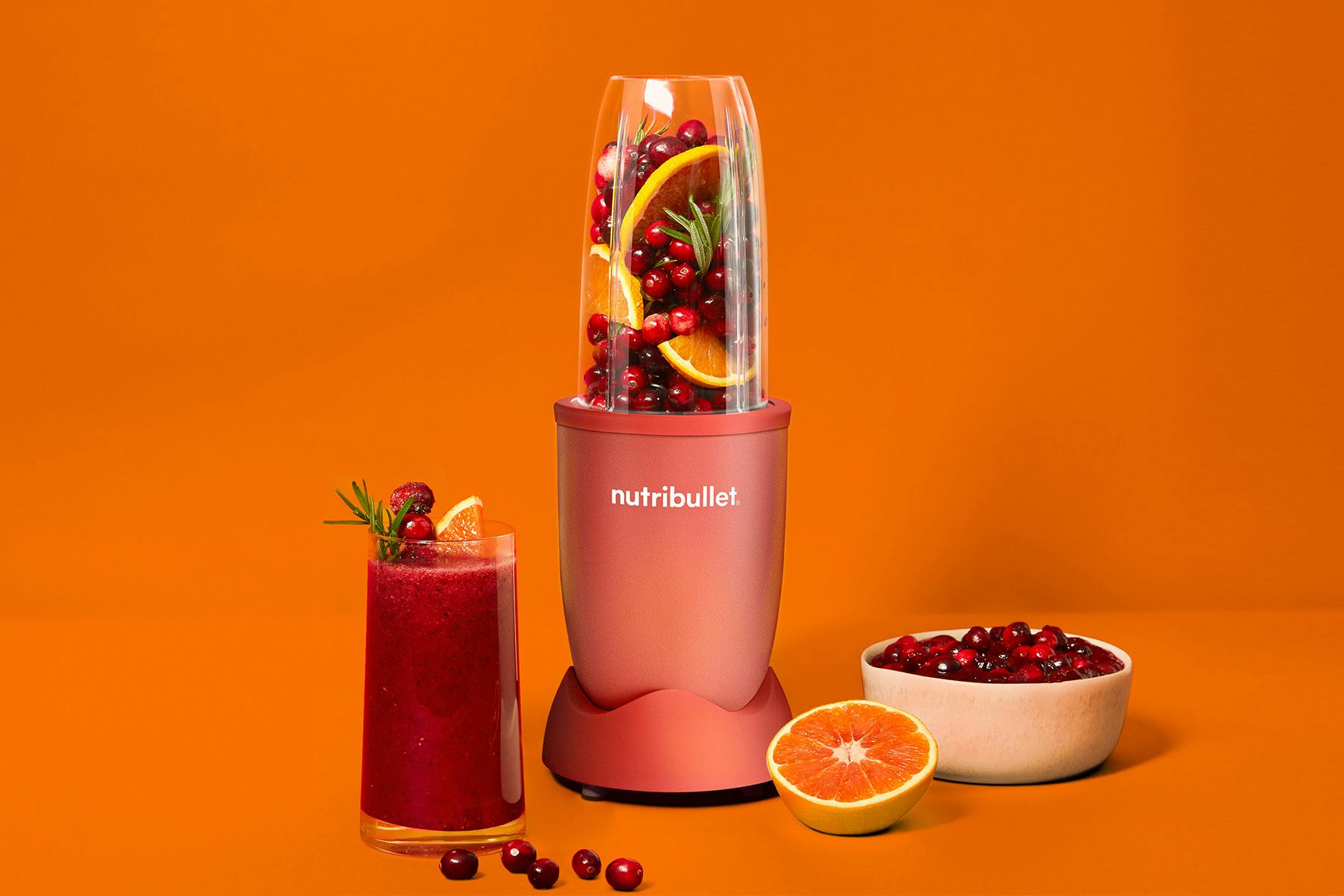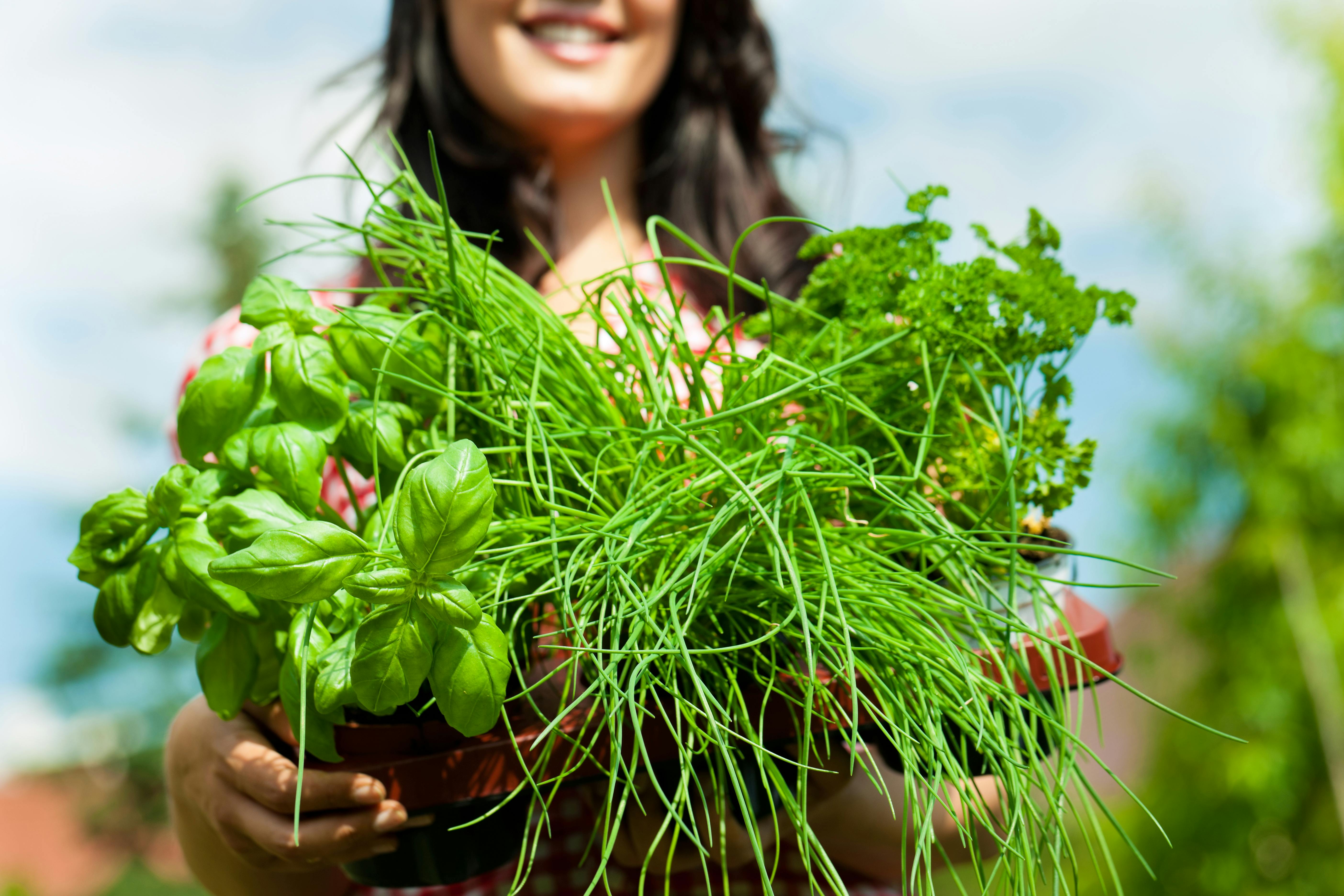It’s a common misconception that putting made-from-scratch meals on the table has to be time-consuming or complicated. Meal prep can be relatively easy (and, hopefully, enjoyable) with a few shelf-stable ingredients on-hand.
Extra Virgin Olive Oil
Olive oil is a monounsaturated fat that is incredibly versatile and good for your heart. Its high smoke point (410 F) makes it a great staple cooking oil for everything from frying an egg to roasting veggies to baking salmon.
EVOO is also perfect for making your own delicious salad dressings, like tasty honey mustard or balsamic vinaigrette, in seconds!
Low Sodium Broth
Prepared stocks have come a long way! Keep chicken, beef, or vegetable stock on-hand for making soups, poaching vegetables and meats, and making sauces.
These also come in handy when whipping up your own soups. Use veggies you have on hand and broth to blend up the perfect soup. Here are some of our favorites.
Frozen Fruit and Vegetables
While not technically in your pantry, frozen produce – from berries to corn to spinach – is one of the best things you can stock up on from your grocery store. They’re affordable, convenient, and just as nutritious, if not more so, than their fresh counterparts.
Nuts
Nuts, like almonds, peanuts, cashews, and walnuts, are not only a satisfying snack, they can also be stretched and used multiple ways in the kitchen. They’re great by themselves – added to salads or side dishes, for example – or blended into nut butter or nut milk. Add a scoop of your favorite nut butter to your blender when whipping up a smoothie, or experiment with them in savory dishes. A simple peanut butter sauce adds bold flavor to a classic stir-fry, while nut milk can be used in baking, cooking, smoothies, or an elevated homemade latte.
Seeds
Seeds, like flax, chia, hemp, pumpkin, or sunflower, may be tiny, but these plant proteins offer a mighty dose of health-promoting nutrients. Sprinkle seeds atop salads, yogurt, or a smoothie bowl to reap their many benefits. When it comes to nuts and seeds – and all plant foods, in general – they all offer benefits. So, if you’re watching your wallet, you can get the least expensive ones and still feel good about what you’re putting in your body.
In addition to their nutritional content, seeds’ special properties help to bind these sesame and carrot cake bites together.
Beans
Popular bean varieties include pinto, black, and garbanzo. Canned beans offer you a hefty nutritional bang for their calorie buck, as they’re packed with protein, fiber, vitamins, minerals, and phytochemicals. They make a great addition to salads, side dishes, and soups, and can be used to make a quick dip. Just be sure to drain and rinse them prior to use, which has been shown to reduce their sodium content by 41 percent.
Whole Grains
Carbohydrate-rich foods often get a bad rap, but eating whole grains, like quinoa, brown rice, and oats, is actually linked with better health and longevity. Add cooked grains into stews, use as a base for stir-fries, sprinkle into casseroles, serve as a side dish, or prepare them on the sweeter side for breakfast.
Canned Tomatoes
Tomatoes are a precious source of lycopene, an antioxidant that has been shown to help protect us from several chronic diseases. Since ripe, fresh tomatoes are perishable and not always available, canned tomatoes are a good substitute. An added bonus? Lycopene becomes more bioavailable to your body after processing, so canned tomatoes offer even more nutritional benefits than their fresh counterparts. Try making this versatile marinara for a quick pizza or pasta sauce.
Potatoes
The most popular American vegetable, the humble potato is incredibly versatile in the kitchen and offers fiber, potassium, vitamin C, and vitamin B6. Bake, steam, roast, sauté, or mash your potatoes as a side dish. You can also add them to soups and casseroles. The options are endless!
Serve them with our Perfect Pesto or Homemade BBQ Sauce.
Dried Fruits
Pantry favorites include apricots, raisins, cranberries, and dates. Dried fruit is not only a nutrient-rich snack, it can be used to naturally sweeten recipes and other foods while contributing fiber and anti-inflammatory benefits to your day. Top a warm bowl of oatmeal with raisins, add a pitted date to your favorite smoothie blend, incorporate dried cranberries into a green salad, or stir chopped, dried apricots into a plain bowl of yogurt.
Not just for snacking, dried fruits are also great for making your favorite jams in a pinch. Try our jam hack by pulsing your favorites together. Make an easy Cranberry Fig Jam for toast, crackers, or an elegant charcuterie board.
Having these ingredients on hand will make preparing meals more convenient without sacrificing the nutrients your body needs. What’s your must-have pantry item?










